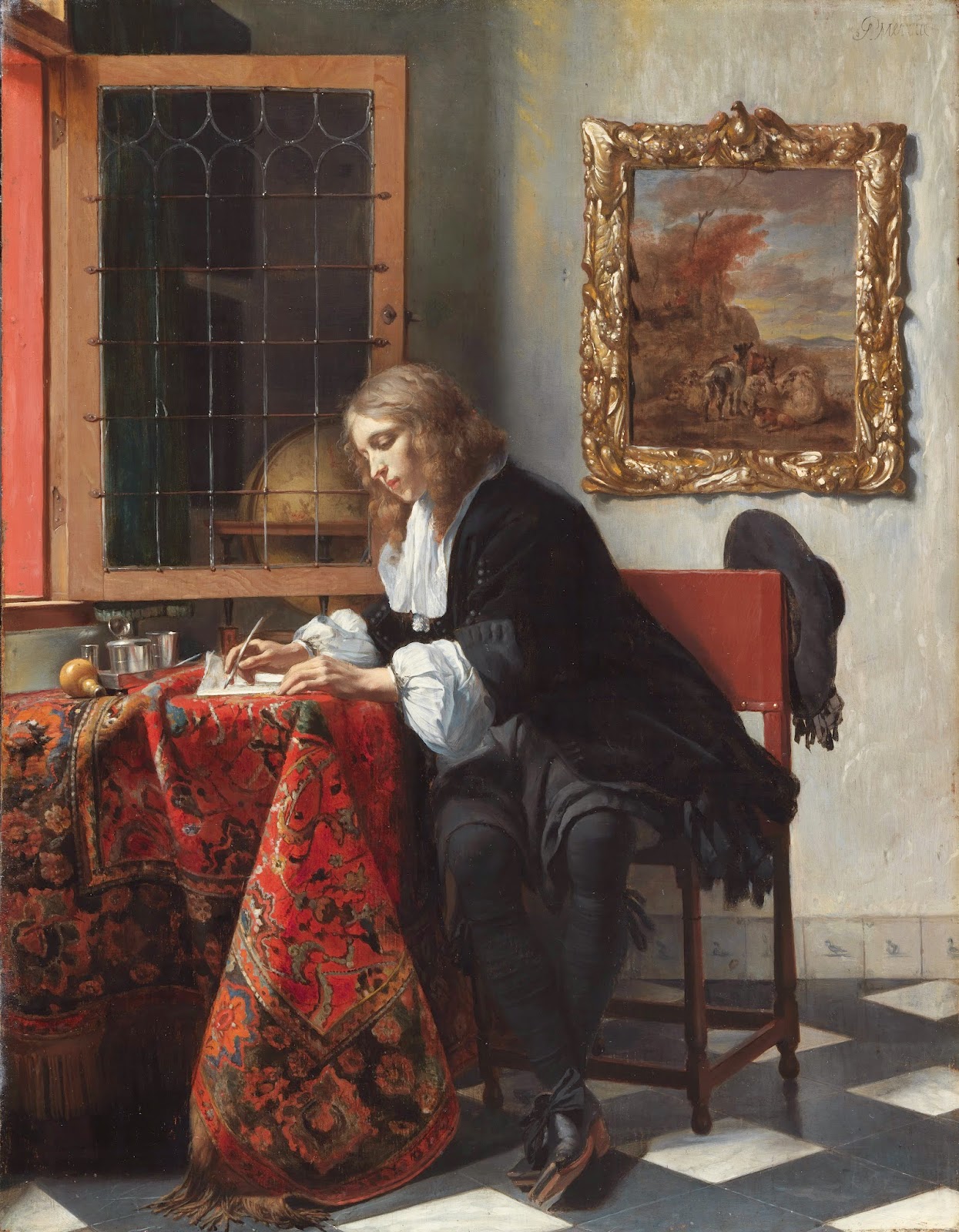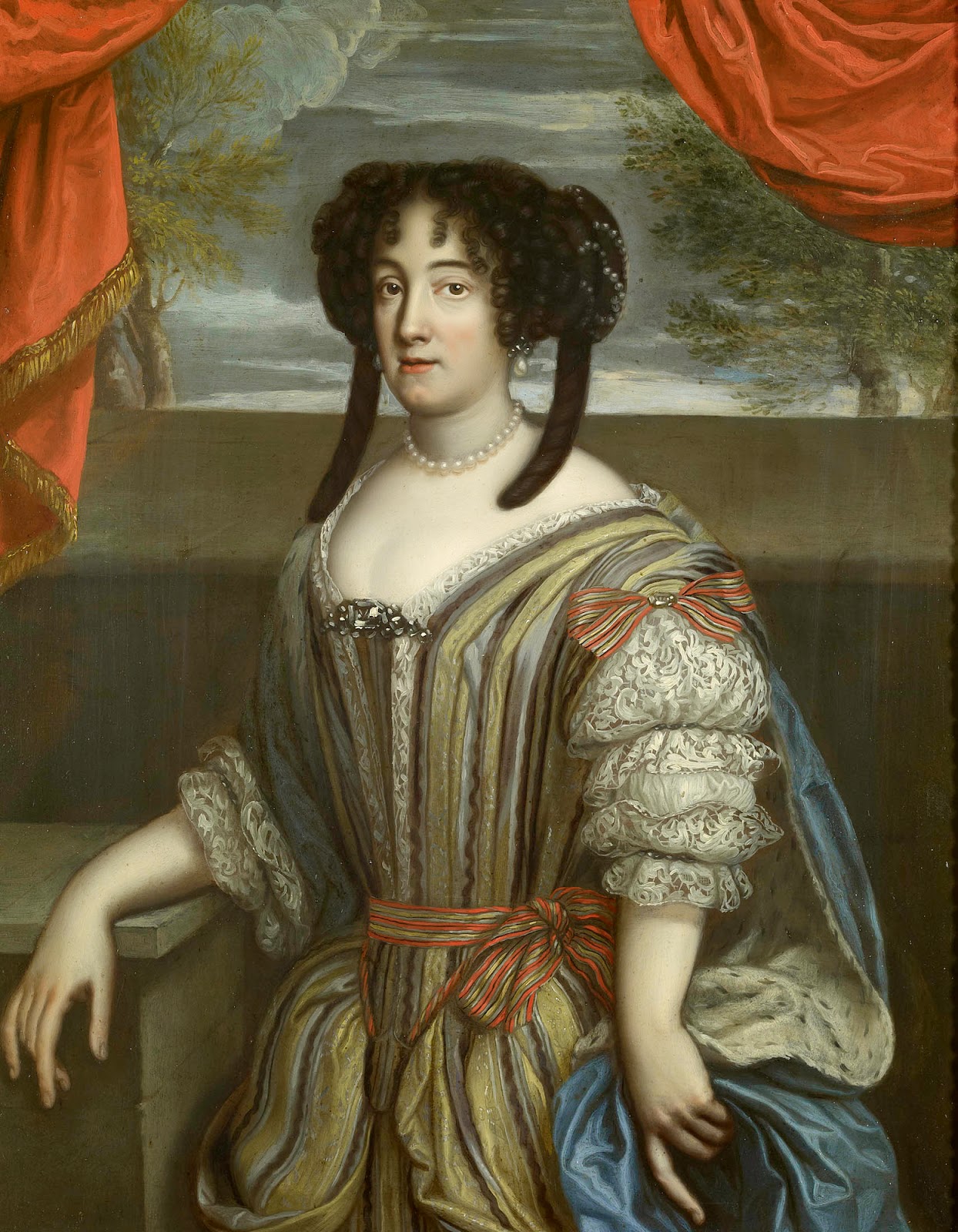I went through my sewing projects and realized that I have only 10 UFO's left from last year. More than halfway done, it other words. I still plan to have none at the beginning of 2015. Which mean that I can actually start to think ahead and plan for the future. Once, before I got caught up in the 18th century I dreamed of having a historical wardrobe from every century. I don't have such grand plans anymore, I merely would like to have something from the 15th century forward. I won't be able to make that many gowns next year, but I can at least start to make a dent. And here is what I dream of, in chronological order, but not in the order I will make them.
15th century
I have never been able to muster much enthusiasm for the fashion during the Middle ages, but it would be nice to be able to attend Medieval events. After delving into the fashion mysteries of the Dark ages a bit I feel that I actually can feel enthusiastic for the 15th century and mostly for the type of gown that is often called Burgundian.
Of course that would also mean that I need to make a shift.
And I would probably also make breast support. I do need something to keep them in check and a snugly fitted shift doesn't make it. And now we have the Lengberg brassiere
which Katafalk has made and as her bosom is almost as large as mine I Think it will work well for me.
A kirtle.
And suitable headgear. I find myself quite attracted to these cut-off cones, for some obscure reason.
16th century
I like a lot of 16th century fashions, but I would probably go for a German gown from the first half of the century..
Or a very late style, which actually would work on both side of the year 1600.
Regardless of style I would, of course, need the suitable underpinnings.
17th century
I've already started, but I want to make a mantua as well. No, I want to make two, one early from the 1670's and one that could work for either side of the year 1700. I find it facinating that a T-shaped garment imported from the East could evolve into the iconic gowns of the 18th Century. I recently bought a whole bolt of japanese kimonofabric in thin striped wool and I Think it would be interesting to make an early mantua out of it. The fabric is only 35 cm wide, but the front pieces of the extant garments I have seen the pattern of has that width. It isn't too farfetched that the first mantuas were made up from sucj narrow wirdths and I want to make one just to see how I would need to pierece that fabric. And then I want to make a later style to compare.
 |
| Lighweight wool in brick red with White and yellow pattern. The pattern is not period correct, but as stripes were popular I think it can work anyway. |
But before I make either of them, I need stays. Yay, I new reason to make stays! I want to make the pink ones in V&A, only not in pink.
I also need to make a shift to suit and the later Mantua needs to be topped of with a fontange.
19th century
For all the changing fashions of the 19th century, very few tempts me. I do like the fashion in the late 1820's/early 1830's. The waist is more or less back to there it is supposed to be, the skirts and arms are getting fuller.
Also, some seriously crazy hair was going on.
I have an-almost-completed Regency corset and from what I can gather that style would work a bit later as well.
And, of course, I would need a chemise. And for every period I need proper shoes and this and that to complete it all. So clearly it will all take some time to make it all. I will start with the 17th Century stays and then the early Mantua and then we'll see. It seems likely to be 19th Century as there is a rather lively 19th Century Group in Stockholm. For the summer I will focus on the robe battante and my 40's wardrobe, though.
















.jpg)






































++A+Young+Woman+1525.jpg)







